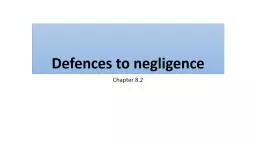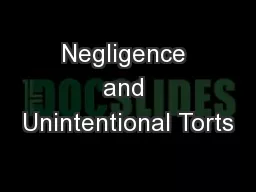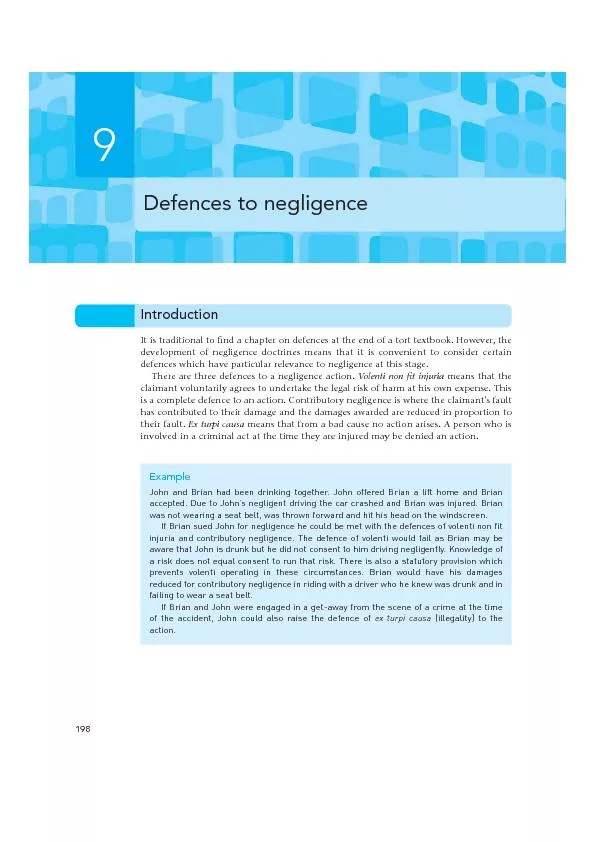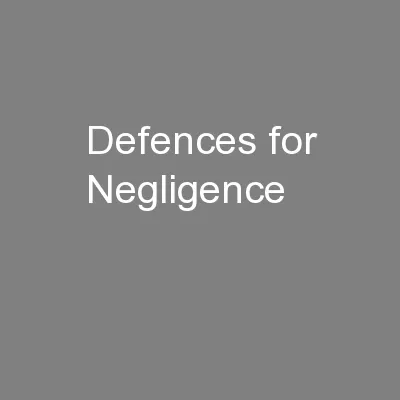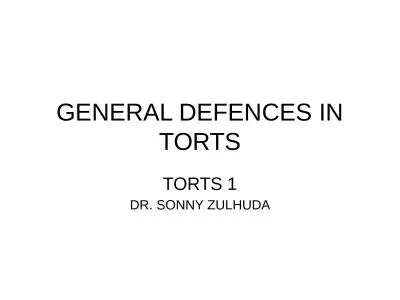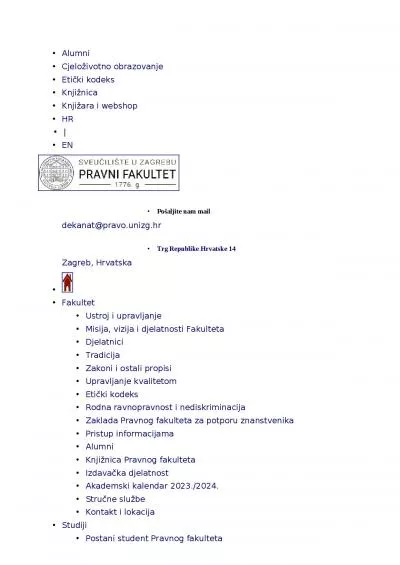PPT-Defences to negligence
Author : lois-ondreau | Published Date : 2016-03-16
Chapter 82 Consider the following case In January 2009 American tourist Jean Barnard boarded a Qantas plane in Alice Springs As she did so a threeyearold child screamed
Presentation Embed Code
Download Presentation
Download Presentation The PPT/PDF document "Defences to negligence" is the property of its rightful owner. Permission is granted to download and print the materials on this website for personal, non-commercial use only, and to display it on your personal computer provided you do not modify the materials and that you retain all copyright notices contained in the materials. By downloading content from our website, you accept the terms of this agreement.
Defences to negligence: Transcript
Download Rules Of Document
"Defences to negligence"The content belongs to its owner. You may download and print it for personal use, without modification, and keep all copyright notices. By downloading, you agree to these terms.
Related Documents

